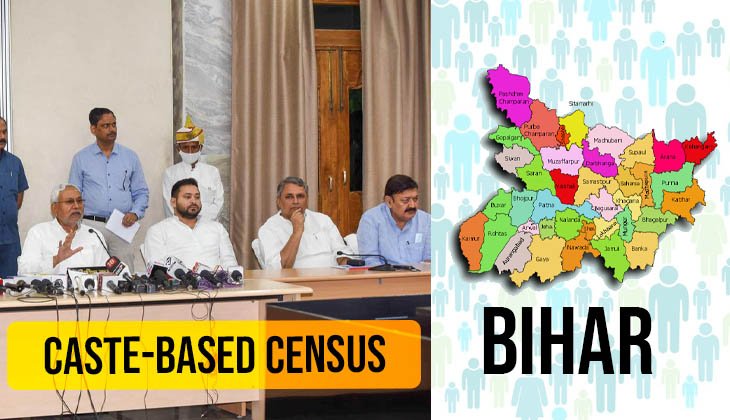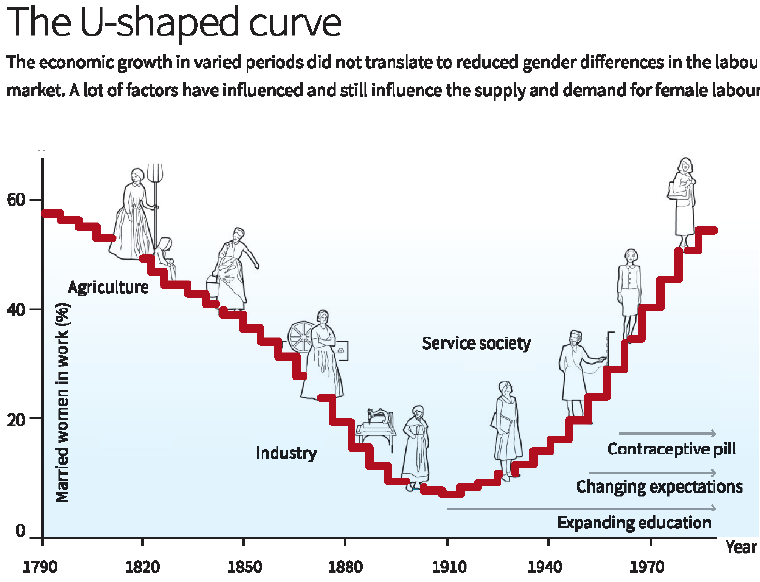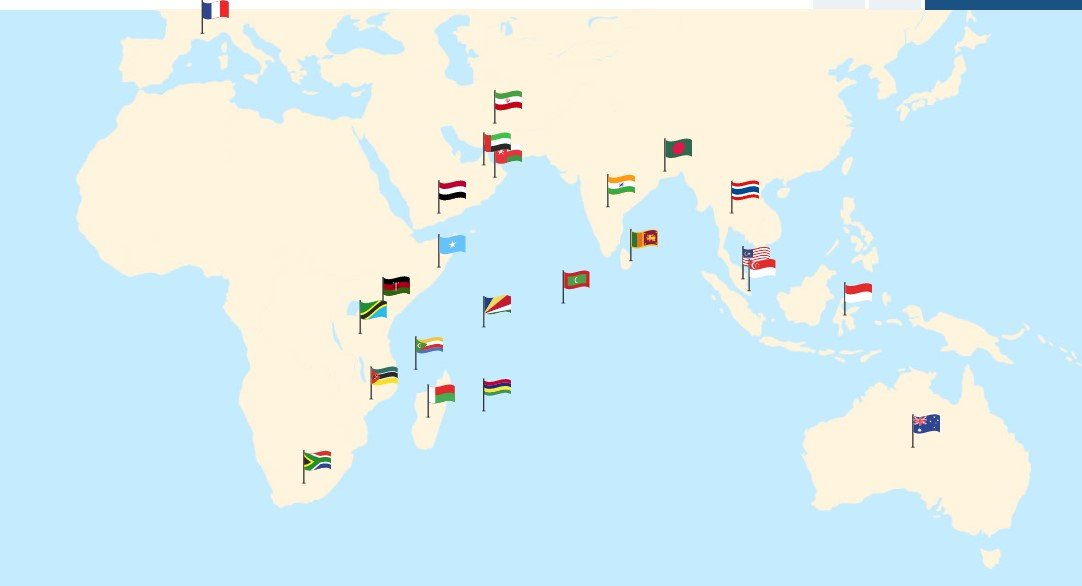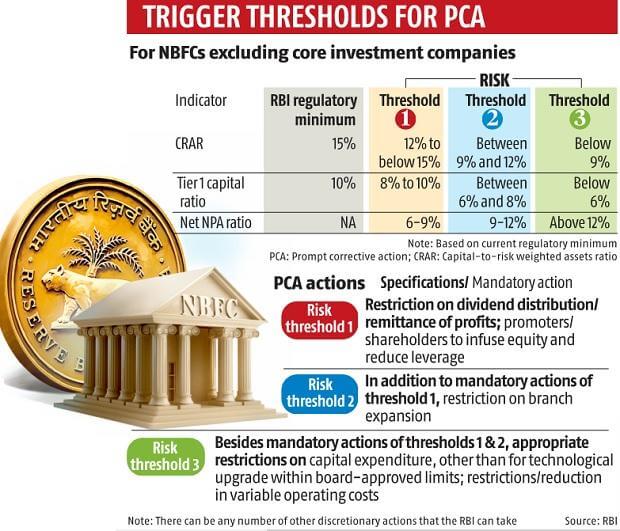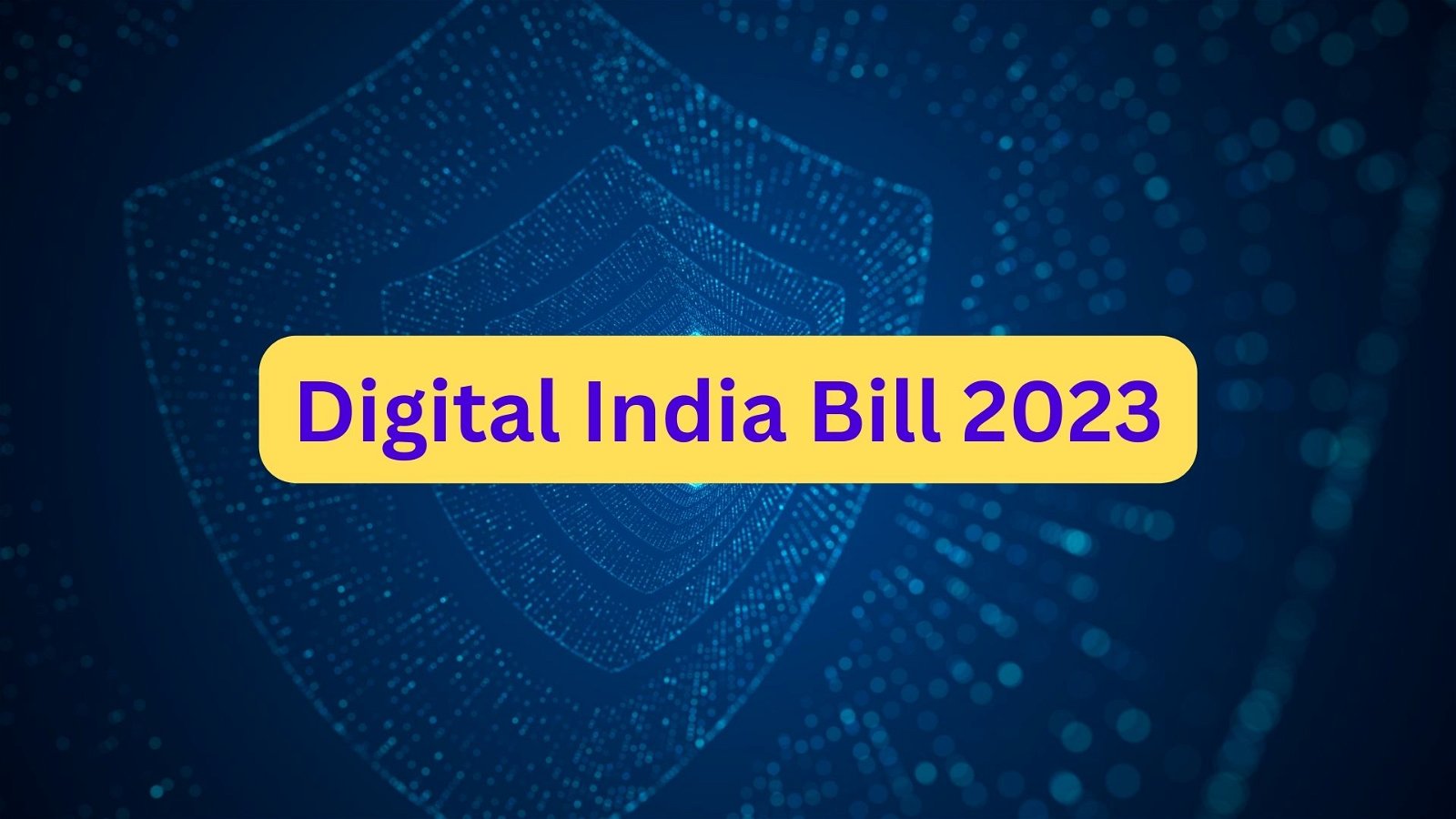
Lancet Commission Report on Gender Inequity in Cancer Care in India
Subscribe to Never Miss an Important Update! Assured Discounts on New Products!
Must Join PMF IAS Telegram Channel & PMF IAS History Telegram Channel
- Context (IE | IE): A new Lancet Commission report on gender inequity in cancer care shows a grim picture of the cancer care of Indian women.
|
Findings of the Report
- In Indian women, 63% of early cancer deaths could have been prevented through screening and diagnosis, while 37% was preventable through prompt and optimal treatment.
- Despite men having a higher risk of certain gender-neutral cancers, cancer incidence and mortality among women remain high.
- Globally, women make up 48% of new cancer cases and 44% of cancer deaths, despite some cancers in women (like breast and cervical cancers) being highly preventable and treatable.


Reasons Behind Poorer Cancer Care for Women in India
- Limited Awareness: Lack of awareness among women about cancer risk factors, symptoms, and the importance of early detection can lead to delayed diagnosis and treatment.
- Lack of Decision-making Power: In most Indian households, the decision-making power rests with the males. Due to this, women cannot make decisions regarding their health at an individual level.
- Financial Barriers: Most of the women are not financially independent. They also constitute the most significant unpaid workforce.
- Cultural and Social Stigma: Cultural beliefs and social stigma can deter women from seeking cancer care. Some women may avoid screening or treatment due to fear, shame, or cultural norms.
- Gender Bias: The health of the males is prioritised over females. Women’s symptoms may be dismissed or not taken as seriously as men’s, leading to delayed diagnosis and treatment.
- Insufficient Healthcare Resources: In some areas, there may be a shortage of healthcare facilities (like in NE states), trained healthcare professionals, and medical equipment.
- Socioeconomic Disparities: Women from disadvantaged groups have the least access to healthcare.
- Healthcare Policy and Funding: Inadequate funding for cancer care and healthcare policies that do not prioritise women’s health can contribute to suboptimal care.
Way Ahead
- Awareness campaigns: To educate women to remove socio-cultural stigmas associated with cancer.
- Cancer Research: Cancer care and research are dominated by men, so equitable access to cancer research resources, leadership, and funding opportunities for women should be created.
- Human papillomavirus vaccines (HPV) Vaccination: An indigenous vaccine for the human papillomavirus that causes cervical cancer is already available. (There are no vaccines for other cancers)
Cervical Cancer
Cervavac
|




![PMF IAS Environment for UPSC 2022-23 [paperback] PMF IAS [Nov 30, 2021]…](https://pmfias.b-cdn.net/wp-content/uploads/2024/04/pmfiasenvironmentforupsc2022-23paperbackpmfiasnov302021.jpg)

